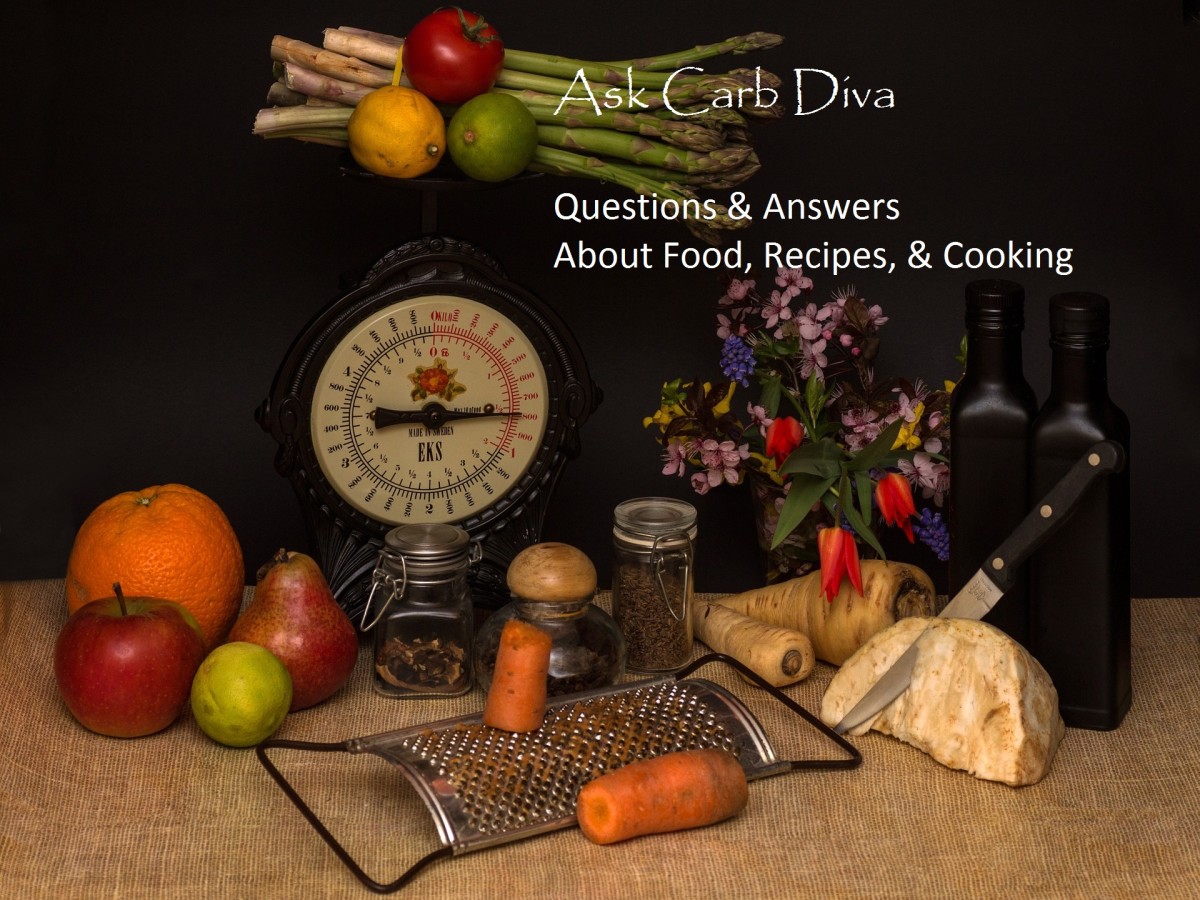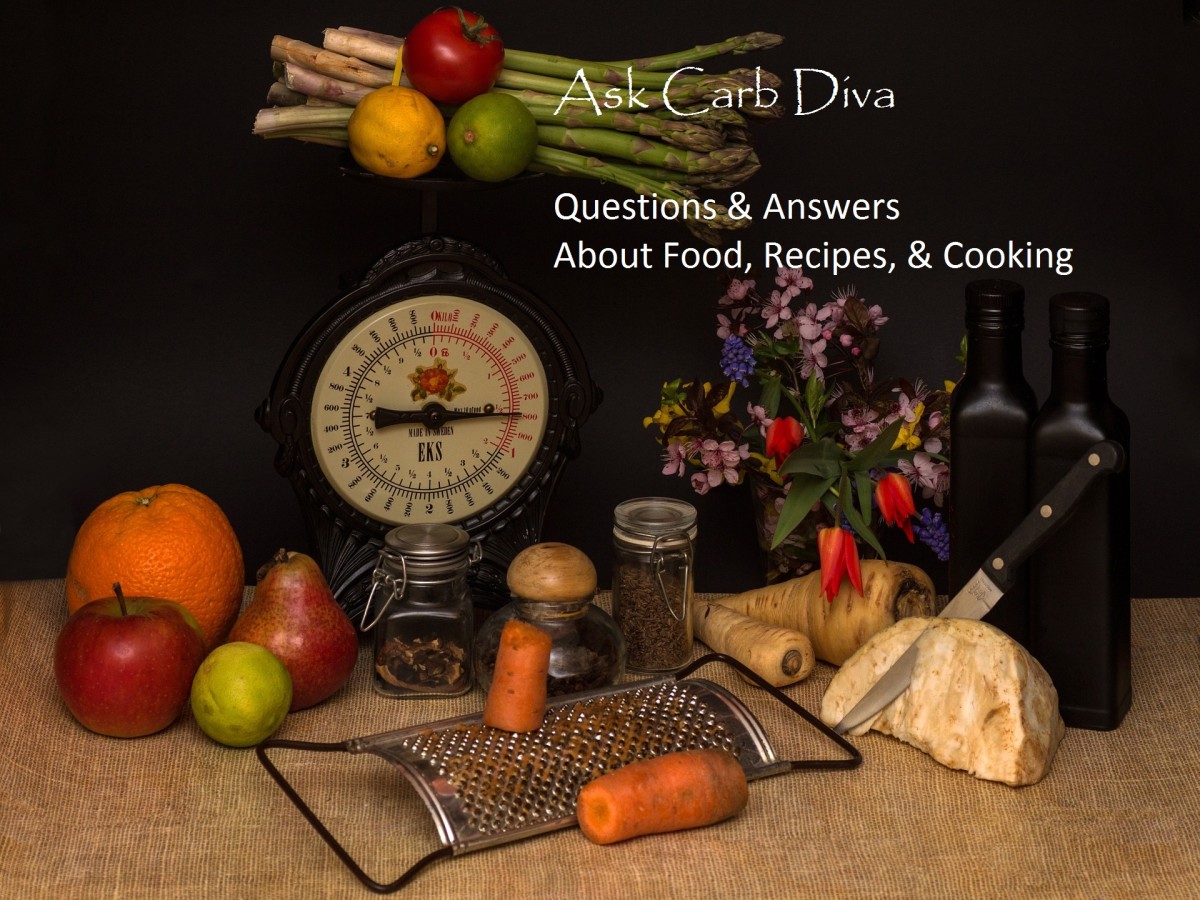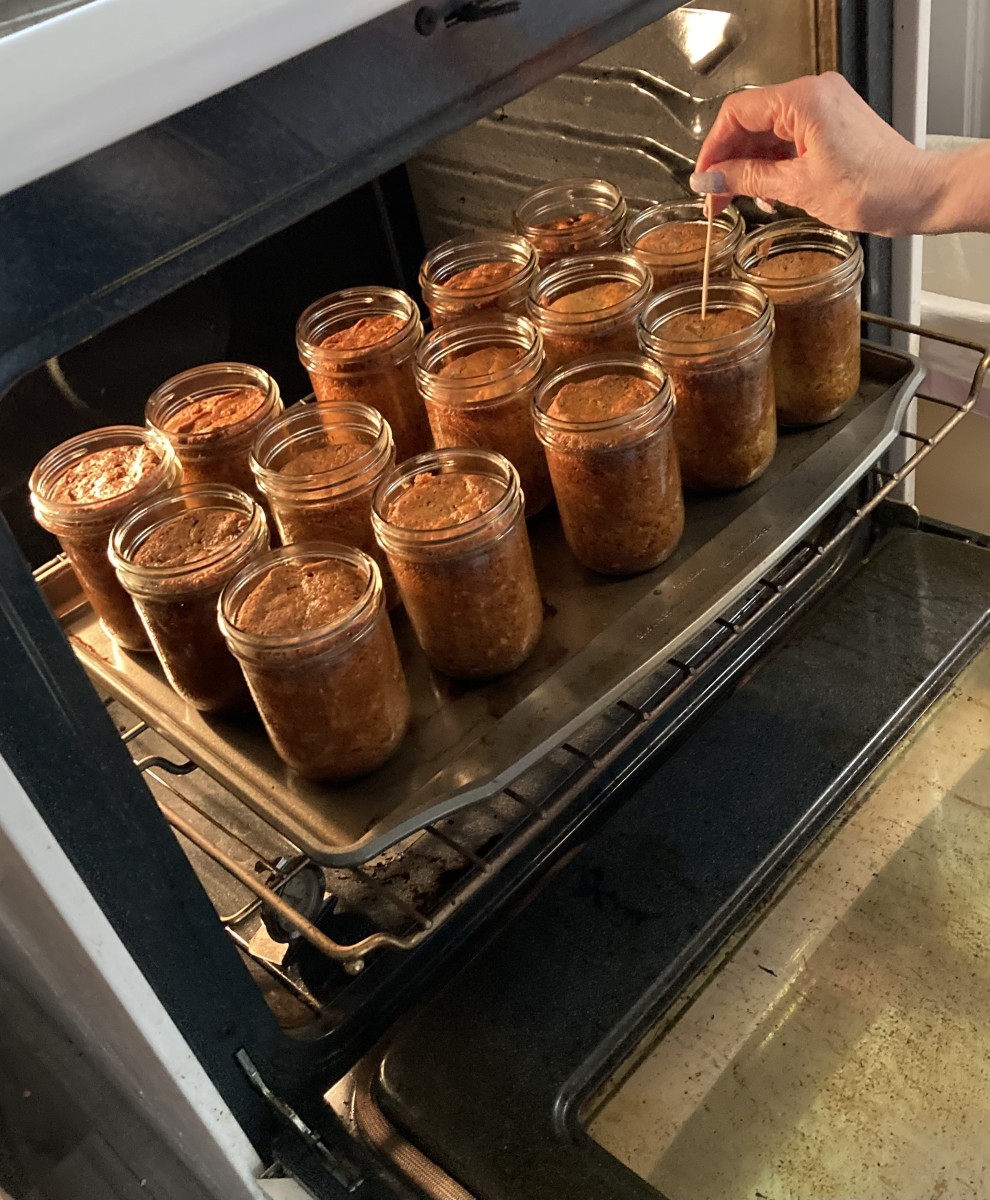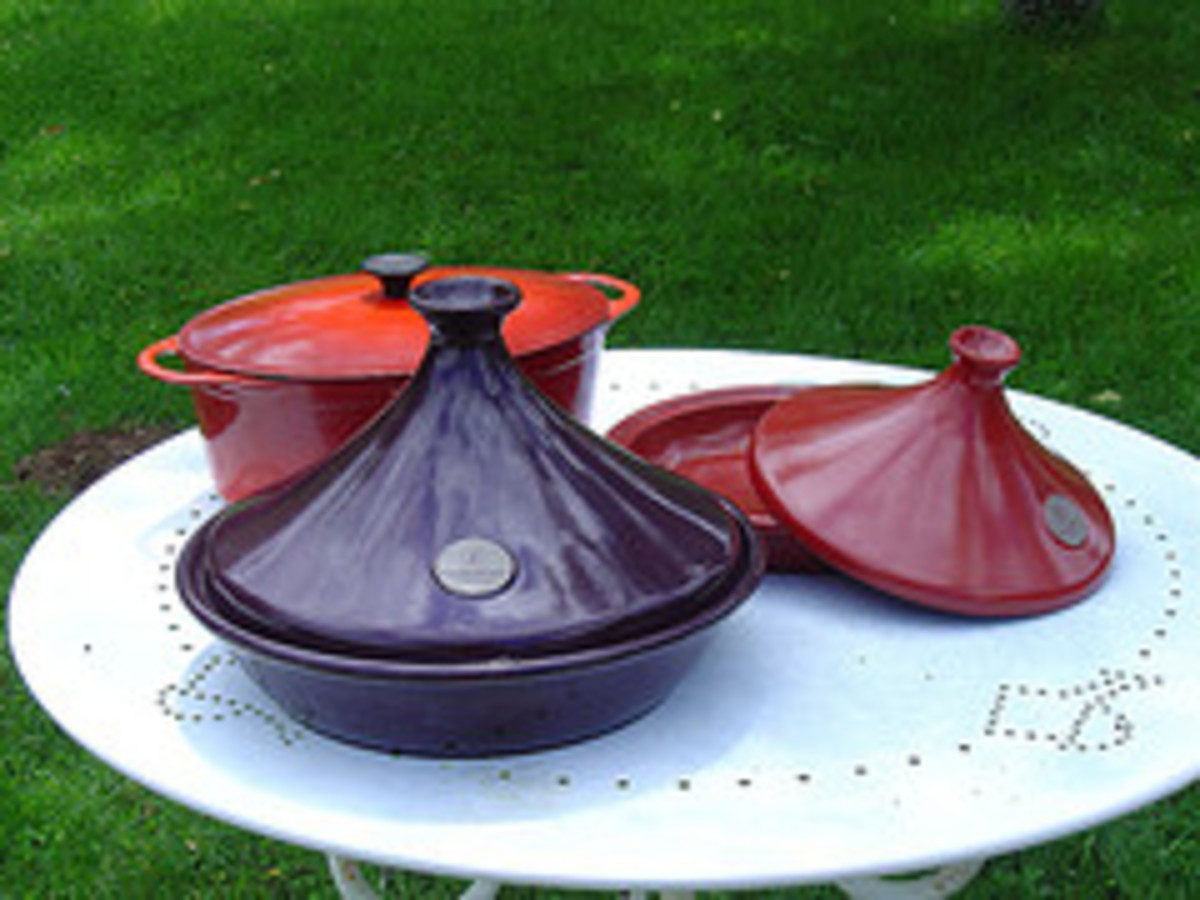Ask Carb Diva: Questions & Answers About Food, Recipes, & Cooking, #133
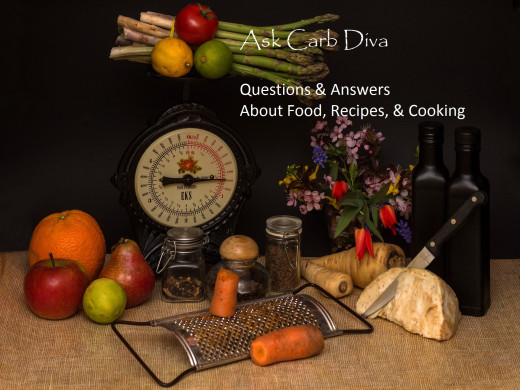
Not Today
I'm not going to specifically mention the virus; not today. I'm not going to talk about sheltering in place, or hardship, or doing without. Instead, just for today, I want to focus on a quotation by M.F.K. Fisher, an American food writer. Over her lifetime Fisher wrote 27 books, including a translation of The Physiology of Taste by Brillat-Savarin.
“People ask me: Why do you write about food? Why don't you write about the struggle for power and security, and about love, the way others do?
They ask it accusingly as if I were somehow gross, unfaithful to the honor of my craft.
The easiest answer is to say that, like most other humans, I am hungry. But there is more than that. It seems to me that our three basic needs, for food and security and love, are so mixed and mingled and entwined that we cannot straightly think of one without the others. So it happens that when I write of hunger, I am really writing about love and the hunger for it, and warmth and the love of it and the hunger for it...and then the warmth and richness and fine reality of hunger satisfied...and it is all one.
I tell about myself and how I ate bread on a lasting hillside or drank red wine in a room now blown to bits, and it happens without my willing it that I am telling too about the people with me then, and their other deeper needs for love and happiness.
There is food in the bowl, and more often than not, because of what honesty I have, there is nourishment in the heart, to feed the wilder, more insistent hunger. We must eat. If, in the face of that dread fact, we can find other nourishment, and tolerance and compassion for it, we'll be no less full of human dignity.
There is a communion of more than our bodies when bread is broken and wine drunk. And that is my answer when people ask me: Why do you write about hunger, and not wars or love?”
― M.F.K. Fisher, The Gastronomical Me
Let's get started with today's mailbox. If you're an old friend, you already know how this works. But, if this is your first visit, let me introduce you to my kitchen.
Each week I receive questions about food ingredients, cooking or baking terms or methods, requests for recipes, and queries about nutrition. Just about anything food-related has been covered here.
I'm sharing this past week's questions and my responses; it happens every Monday. Want to join in the fun? You can leave your question in the comments below, and next week the answer will be right here. It's that easy.
Are There Any Redeeming Values in Hot Dogs?
Tell me, is there any nutritional value in hot dogs??? Please tell me there is. I need some good news LOL.
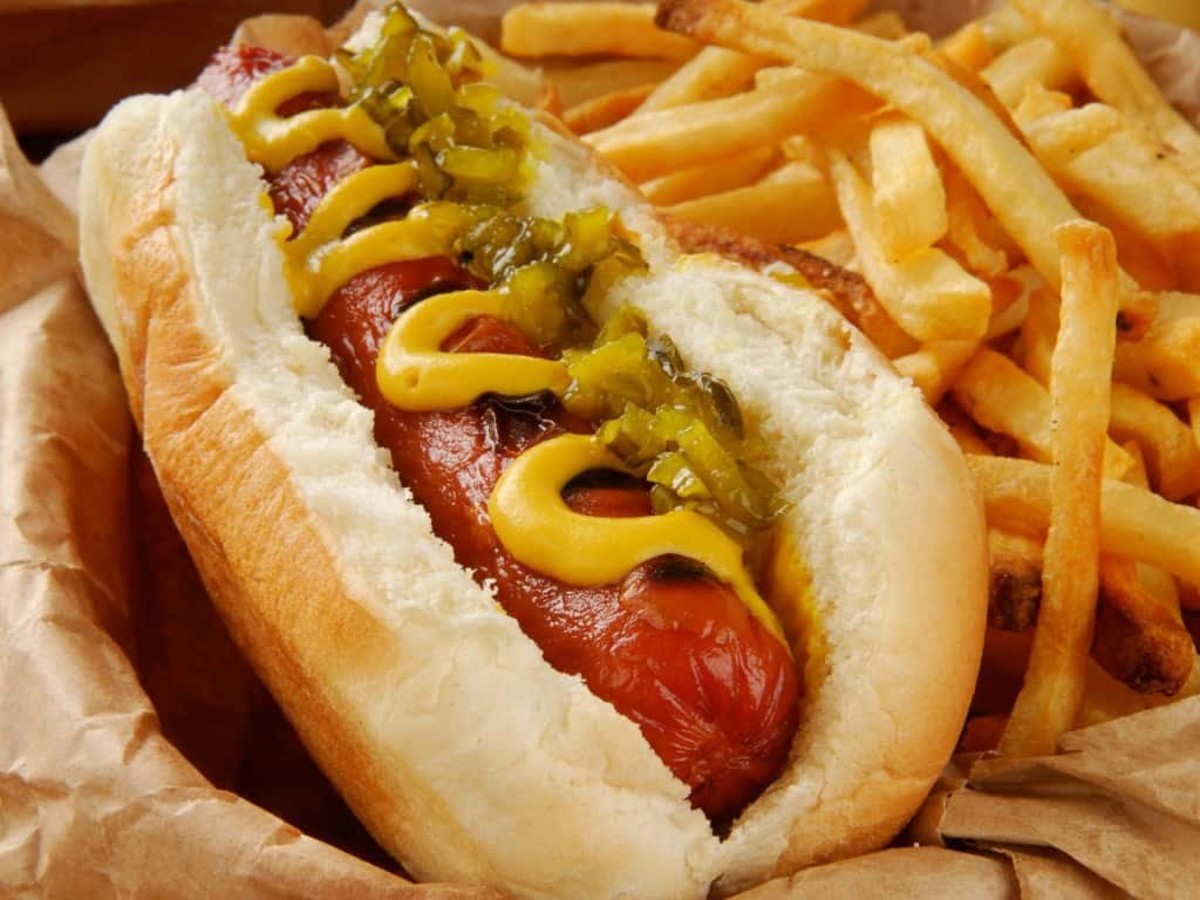
Oh Bill, the things I do for my friends. I’m not certain if I can find any redeeming qualities in hot dogs, but I’m making this up as I go along (no storyboard outline) so let’s see what happens.
First, just for fun, let’s find out how the American hot dog got its start. The concept of sausage is nothing new; it’s mentioned in Homer’s Odyssey, but most people credit Germany in general and Frankfurt-am-Main specifically for the creation of the frankfurter. German-born immigrants to the New World brought their tastes and sausage-making skills with them. Some folklore states that the true hot dog was sold (along with rolls and sauerkraut) from a pushcart in New York City in the 1860s. A Coney Island hot dog stand opened a decade later. But my personal opinion is that hot dogs gained their infamy at one of several Expositions in the late 19th century (the Columbian Exposition in Chicago in 1893 or the St. Louis Exposition of 1904).
Did you know that there is a National Hot Dog and Sausage Council? (Nope, me neither). It was established in 1994 by the American Meat Institute. Not only do they serve as a source of information for consumers, but they also “conduct scientific research to benefit hot dog and sausage manufacturers.” They have grinded through (sorry, I just couldn’t help myself) several topics that have honestly kept me awake at night—how to properly eat a hot dog, hot dog etiquette, and is the hot dog a sandwich? A quick rundown on the answers is:
- Hands only, never a knife and fork,
- At least 5 bites to consume a hot dog (for a foot-long you are allowed 7 or more), and
- No!
July is National Hot Dog Month and, believe it or not, there is a month-long planning guide
Now, Bill, you asked if hot dogs are nutritious (or at least, not bad for you). It depends on the hot dog. There’s no one specific recipe for what goes into one. On average a hot dog made with pork will be the highest in calories, a chicken or turkey dog will be the lowest in calories, and an all-beef or combination of meats dog will fall somewhere in the middle.
Just for you, I investigated the nutritional values of several well-known types of hot dogs. Here’s what I found:
Ballpark Beef Hot Dog
| Hebrew National Beef Hot Dog, 97% fat-free
| Jennie-O Turkey Frank
| Oscar Mayer Fat Free Hot Dog
| |
|---|---|---|---|---|
Calories
| 190
| 45
| 70
| 36.5
|
Total fat
| 16.0 g
| 1.0 g
| 5 g
| 0.3 g
|
Cholesterol
| 35.0 mg
| 15.0 mg
| 25 mg
| 14.5 mg
|
Sodium
| 550 mg
| 490 mg
| 370 mg
| 487 mg
|
Potassium
| 300 mg
| 0 mg
| 0 mg
| 235.5 mg
|
Total carbohydrates
| 4 g
| 2 g
| 1 g
| 2.2 g
|
Iron
| 4%
| 4%
| 0%
| 2.6%
|
Phosphorus
| 0%
| 0%
| 0%
| 8.1%
|
Zinc
| 0%
| 0%
| 0%
| 4%
|
Aha! I think I've found your answer. The sodium is a bit troubling (especially when you add mustard, ketchup or pickle relish on top of that naked dog). The fat in the Ballpark Beef hotdog is not great, and there are little or no minerals. But look at the potassium! There's the sweet spot. Potassium is important for your blood pressure, nervous system, and heart. But don't use that as an excuse to put hot dogs in your daily diet. There are other sources of potassium that don't come with the additional baggage of sodium and fat (potatoes, beet greens, and bananas, for example).
So, don't make a habit of eating hot dogs, but know that you can enjoy an occasional dog and toppings without (too much) guilt.
Sources:
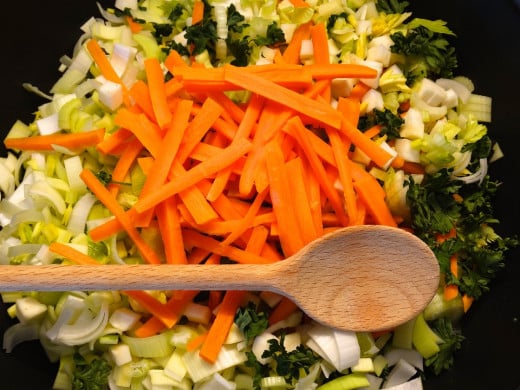
How to Make Canned Soup Taste Good
"Now what are your ideas on sprucing up canned soups. They are good but no ummpf."
Eric, that's a really good question. Canned soups are quick and inexpensive but sadly lacking in everything else (except for a hefty dose of sodium). Think of them as a blank canvas. Here are some ideas to liven up your canned soups and make them taste more like homemade:
- Saute some onions and/or garlic: Low and slow is the way to go. Then deglaze the pan (a splash of wine will unstick all those caramelized yummy bits on the bottom of the pan).
- Add protein: Leftover chicken or steak, some cooked diced ham or bacon or sausage (just a little—that soup is already salty). If you don't want to add meat think of what makes a bowl of ramen so yummy; a soft-cooked jammy egg could be just the thing.
- More vegetables: This is a great place for leftover cooked veggies. If you are working with a creamed soup consider pureeing some vegetables to stir in. Cooked cauliflower, potatoes, winter squash or carrots would work really well.
- Cheese: Sprinkle some cheese on top
- Herbs: Fresh chives, thyme, or cilantro stirred in just before serving.
- Spices: Your soup is probably salty enough, but what about simmering a bay leaf in there for a while (don't forget to remove it before serving). Depending on the flavor profile of the soup you could shake in some cumin or red pepper flakes.
- Go green: Add some spinach or chopped kale or pesto.
- Get zesty: A squirt of lemon juice or lemon zest could brighten up an otherwise flat soup.
- Starchy things: Homemade croutons, crushed tortilla chips or oyster crackers.
- Clean out the frig: got cooked beans or rice, a dollop of sour cream, or a splash of heavy cream? That might be just what you need to make that soup more like homemade.
Want some flavor combination suggestions (just to get your imagination firing)?
Type of Canned Soup
| Suggested Add-Ins (in addition to sauteed onions)
|
|---|---|
Chicken noodle
| Diced cooked chicken or turkey, dash of soy sauce, dried sage or a dash of poultry seasoning, extra vegetables (cooked carrots, peas), a scoop of cooked rice
|
Cream of tomato
| Wilted spinach leaves, minced fresh parsley, pesto, salsa, poached egg, dollop of sour cream, Parmesan cheese, red pepper flakes
|
Split pea
| Leftover ham, crisp-cooked bacon, cheddar cheese, fresh or frozen peas, dried tarragon, rinsed and drained canned white beans or lentils
|
Potato or corn chowder
| Crisp-cooked bacon, sliced green onions, chedddar cheese, shredded rotisserie chicken, cooked shrimp or crab
|
Minestrone
| Sausage or pancetta, diced tomatoes, pesto, Parmesan, cooked pasta or cooked diced potato
|
We're Organized
Did you know that there is a Table of Contents for this series? I have created an article that provides a detailed listing of each question I've received. It's broken down by category, and within each category, the questions are listed alphabetically. Each question is actually a hotlink back to the original post.
Here's a link to that Table of Contents.
I have also cataloged all of my personal recipes that I have shared with you in this weekly Q&A series and in all of my other articles as well. The link to that Index is here. There are hotlinks to each recipe and this will be updated as new recipes are shared.

Let's do this again next week. If you have questions about foods, cooking techniques, or nutrition you can ask them here. If you are in search of an old recipe or need ideas on how to improve an existing one I can help you. If you want to learn more, let's do it together. Present your questions, your ideas, your comments below. Or, you can write to me personally at this email address: lindalum52@gmail.com.
And, I promise that there will always be at least one photo of a kitty in every Monday post.
© 2020 Linda Lum



